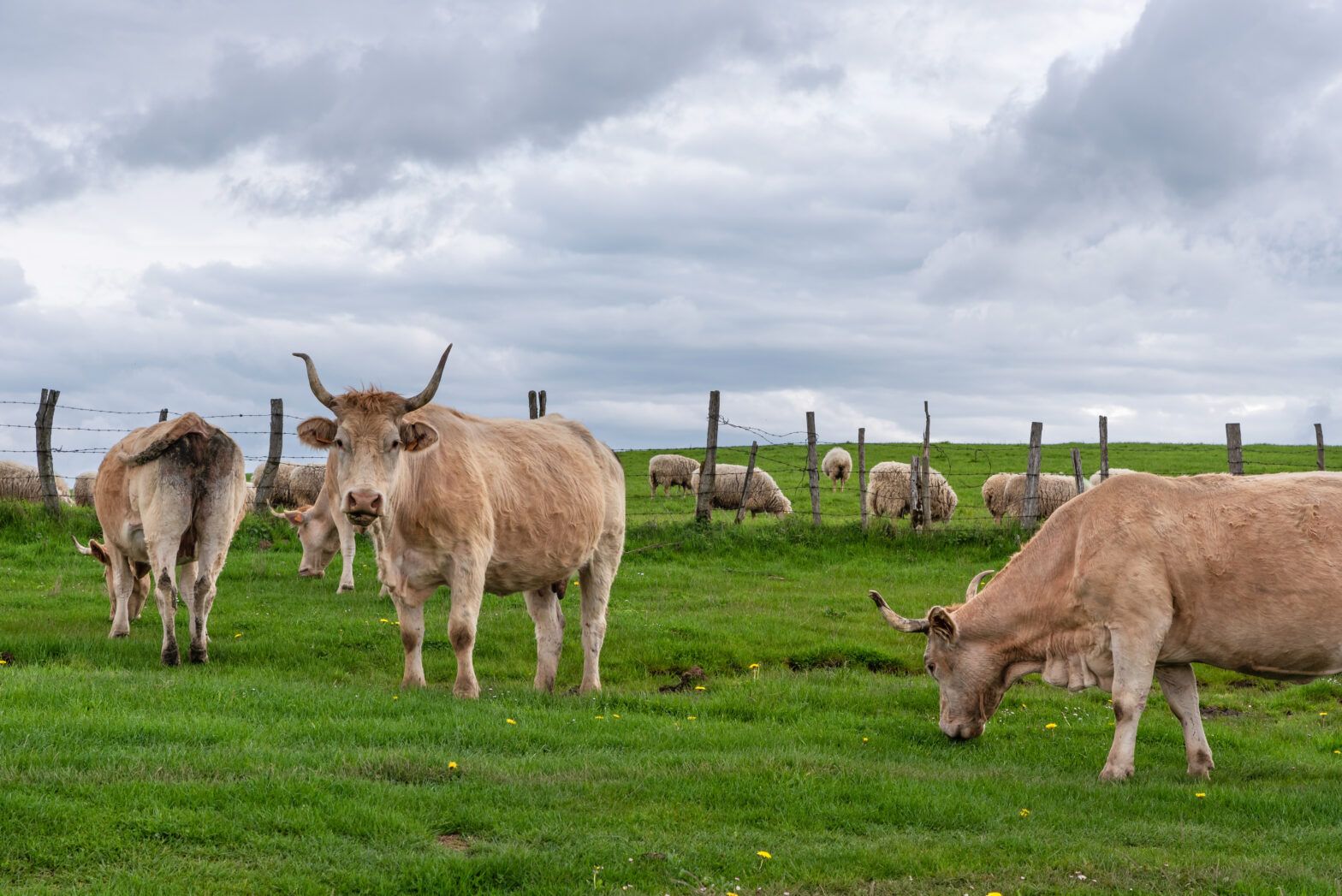One effective way investors can help secure and promote biodiversity is through investments in sustainable agriculture.
Approximately $700bn of annual investment is needed before 2030 in order to halt and reverse biodiversity loss. Protecting biodiversity not only helps to mitigate the most devastating impacts of climate change but, crucially, also safeguards global food supply.
In areas such as England, farmland accounts for an estimated 70% of total land, presenting a significant opportunity to improve biodiversity through practices such as limiting the use of chemical products including pesticides, managing hedgerows, ensuring proper water drainage, planting pollinator-friendly plants, and leaving areas fallow to protect soil quality.
See also: – Asset managers target animal agriculture firms in engagement campaign
Alongside conservation and management practices to preserve macro biodiversity (life above the ground), the potential to improve micro biodiversity (the life underneath our ground) should not be ignored. This often goes unnoticed but is as vital to ensuring soil health and the longevity of crops.
In this way, farmland assets can play a key role in the transition to a more sustainable food and agricultural system while generating attractive long-term revenues and capital growth.
While investors need to be aware of the challenges and risks associated with what is undoubtedly a complex asset class, there are also certain myths around investing in sustainable agriculture that deserve to be put under the microscope.
An unsustainable solution?
Conventional farming methods have been criticised for their use of monocultures, overexploitation of soil and water, the use of fertilisers and pesticides that can harm the health of wildlife and pollinators, and carbon-intensive practices; all of which contribute to climate change and biodiversity loss.
Investors have an important role to play in spearheading the turn to more sustainable forms of agriculture, such as regenerative farming. This helps restore nature by taking advantage of the natural tendencies of ecosystems to renew and revive when left undisturbed – working with nature as opposed to against it.
Sustainable agriculture helps to revitalise soil quality, restore land and encourage local species allowing crop yields to recover for present and future generations. In short, this form of agriculture can provide more produce over a longer period.
Invest globally or locally?
The myth persists that investors looking to allocate to farmland and agriculture projects are caught between having to do so at a global level or to invest locally.
Some investors we speak to cite how the impact of investing in local landscapes and communities feels more tangible and measurable than investing in projects they’ve never seen while, for others, a global farmland portfolio offers diversification – across crops, seasons, climates, economies and legal frameworks – as well as ensuring portfolios are working towards solving food security issues across the world.
However, what is often lost in discussions along the way is how investments in agriculture generate impacts that can cut across both; investments such as our own in Liverpool Plains, Australia, saw us repurpose land originally put aside for mining. It has been locally revitalised to cultivate crops, while more broadly, a segment of it has been designated as “koala corridor” to help protect the wildlife population.
Capital intensity means sacrificing financial returns?
Investments in farmland are made mainly by investors that believe short-term investments in more regenerative systems will create better long-term outcomes, in addition to pureplay impact investors who are prepared to accept lower financial return for better societal outcomes.
While it is true that these projects can often be initially capital intensive, farmland as an asset class has evolved. Existing investors in farmland and timberland, for example, have already reaped the benefits of these investments for decades, as can be shown by the strong performance of the Ncreif Farmland and Ncreif Timberland indices, that track institutional investments in the US markets.
More investors are beginning to recognise the advantages of investing in natural capital, such as helping to position portfolios defensively for the future, meaningfully and measurably impacting local communities, generating attractive financial returns, and enhancing food security.
In this way, farming with, instead of against, nature brings significant financial, environmental, and social benefits to investors and the communities they invest in, while dually providing an important mechanism that enables us to protect and promote global biodiversity.








